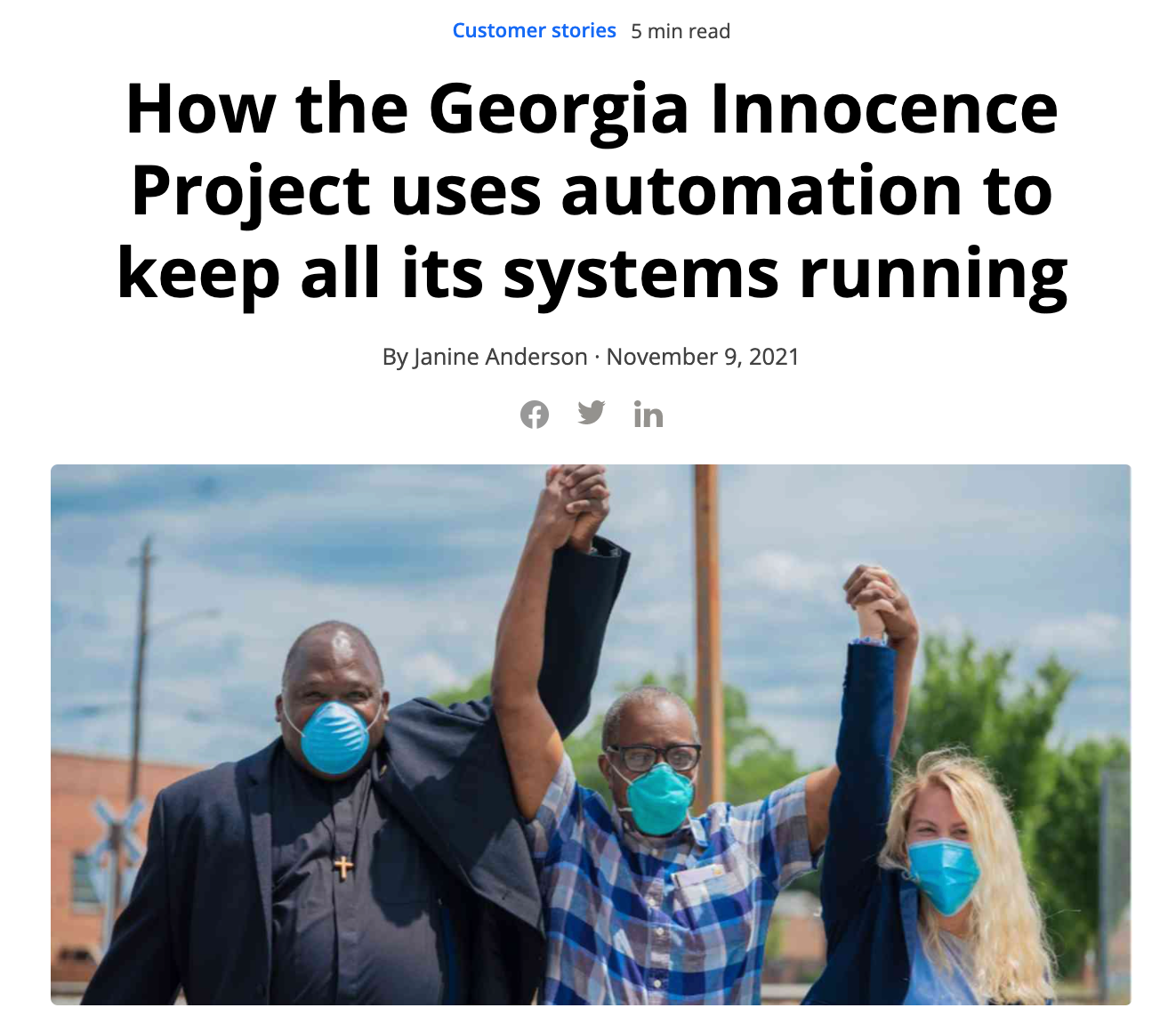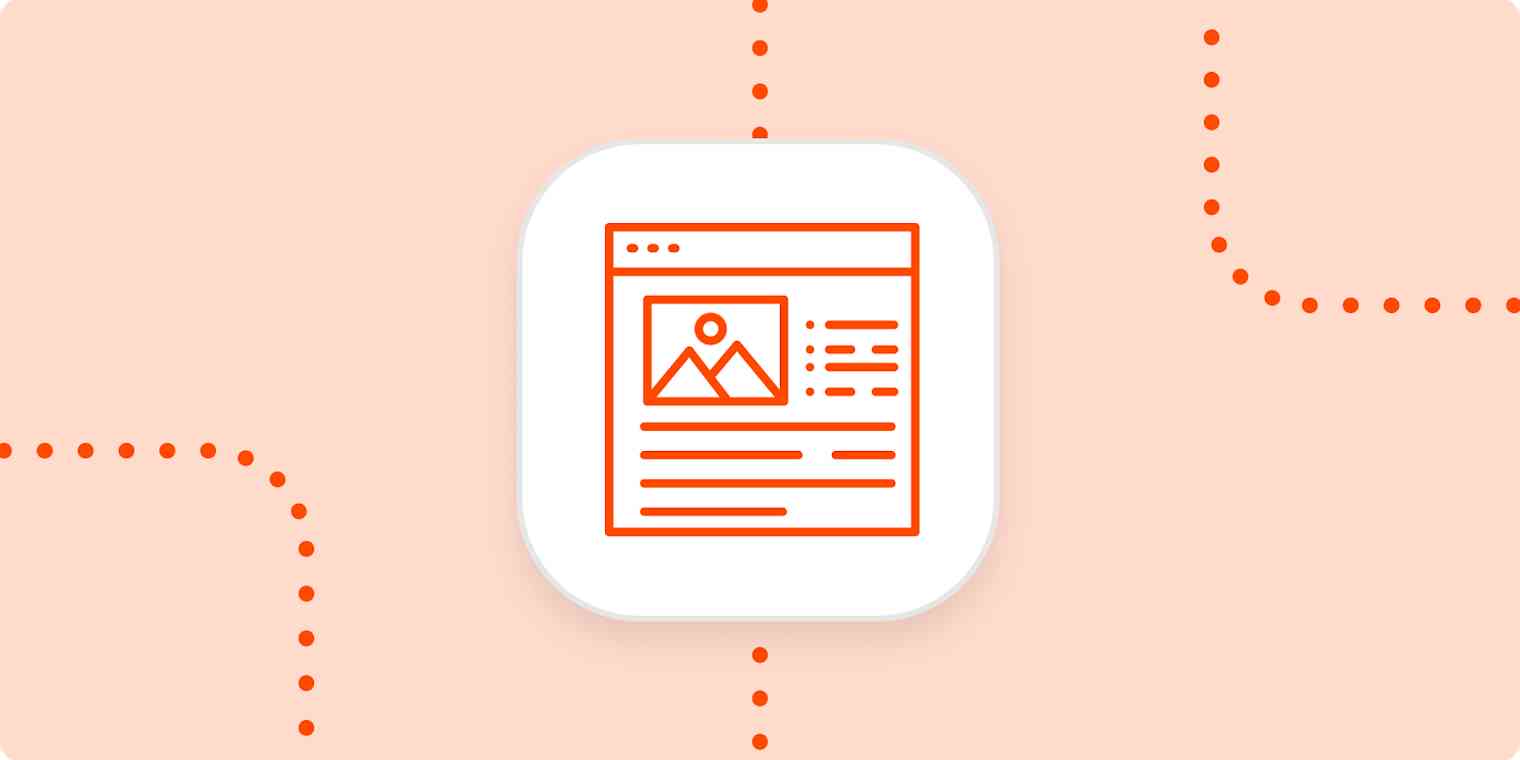If you pitched Hollywood a movie idea about a young woman whose story-level goal is to become 15% more confident, every studio would pass—and also laugh in your face. So why would a case study that promises to make customers 15% more efficient make someone want to buy from you? No one wants a snooze-fest, on the big screen or in marketing.
Instead, think Avengers: Endgame. Sure, your business may not be saving all of humanity from extinction (just a guess), but that doesn't mean the stakes aren't high.
Every day on your website, your marketing assets are either winning you new customers or costing you opportunities, so your case studies—AKA customer stories—should convey the highest stakes possible.
Why case studies need to be high-stakes
By the time a lead decides to take a look at your case studies, they're seriously considering your offering. It's a high-stakes moment in the buyer's journey and will either make the prospect eager to engage or cause them to lose interest.
Your readers' reactions will likely come down to this: did your case study make your benefits seem necessary or just nice to have?
If it's the latter, your prospects are going to pass. There are plenty of products or services out there that might be nice to have—customers don't have the time or money to implement every one. They have to focus only on the solutions that are essential to their bottom-line goals.
That's why you want to showcase customers for whom your product or service was a necessity. If they didn't have you, their very survival would have been jeopardized or they would have missed out on a huge win. It's easy to think your business doesn't cater to those kinds of high stakes, but that's almost never the case. Whatever it is that your company does, whoever it is that your company helps, you and your customers are doing high-stakes work. You just need to know how to uncover—and communicate—those stakes.
Recognizing high-stakes stories
To identify high-stakes stories, it helps to understand the full spectrum of stakes: what your customers stand to gain or lose from working with you.
At one end of the spectrum are weak stakes, which involve only minor gains or losses with no clear connection to the customer's revenue or success. For example, I recently saw a very prominent company whose case studies focused on these very modest gains (which I've modified only slightly for anonymity):
The customer became 20% more efficient.
The customer saved two hours per employee per week.
The customer's teams became 35% more aligned.
My reaction to reading these outcomes is…so what? What does 35% more aligned even mean? And how does being 20% more efficient translate into more revenue? It may very well do so, but it's not clear from those headlines.
At the other end of the spectrum are—you guessed it—high stakes, in which the customer's very survival or thriving depends upon your solution. High-stakes case studies involve your customer's bottom-line goals: increasing their revenue, surviving as a business, and fulfilling the organization's mission.
Take a look at this Zapier case study about a coffee shop owner who used Zapier—an automation tool—to survive pandemic restrictions and to launch a whole new business line. (I do have to quibble with the case study's headline, though: "How a Colorado coffee shop powers online ordering with Zapier" doesn't reference the high-stakes situation facing the coffee shop. A better headline might be "How a Colorado coffee shop used Zapier to survive—and even thrive—during the pandemic.")
I also love this customer story from Zapier, which emphasizes the high stakes of achieving a mission.

The headline and focus of this case study isn't "How a non-profit became 30% more efficient." Instead, it's "How the Georgia Innocence Project uses automation to keep all its systems running." With that headline, it's easy to see how automation is central to the organization's bottom-line goal—its high-stakes operation of freeing wrongfully convicted people.
No, automation isn't preventing the extinction of the human race, but it can still be high stakes.
How to find high stakes in any customer story
Even if your product or service isn't central to your customer's operation—and didn't help your customer survive the pandemic—that doesn't mean your customer stories can't be high-stakes.
Imagine a company that helps other businesses comply with website accessibility laws and regulations (I once wrote a case study for a client about this very topic!). At a surface level, it's not grabby—maybe even the opposite?
But there's always something with higher stakes attached to a seemingly mundane task. In this case, the company had a strong commitment to accessibility, so complying with the law was not only legally necessary but also critical to the company living its values. And, of course, if the organization didn't comply with the law, it might have lost goodwill and suffered public criticism.
Ok, but what if your product or service just helps people save a little time or money? To find the high stakes attached to these modest gains or similar seemingly minor benefits, dig deeper. Find out the real-world impact your offering has for your customer.
If you saved them time, what did they do with that time?
If you saved them money, what happened with the additional funding?
How did you help them survive and thrive?
Maybe the money the company saved in using your service helped them expand into a new market or hire more employees to grow their operations. Or maybe the time you saved them resulted in them being able to give more to their communities.
Imagine your customer makes speakers. Not super thrilling. But what if the time you saved the company enabled them to install their speakers for free at community centers, which ties to their mission to make high-fidelity audio widely available? Now your case study has higher stakes.
Customers will be happy to help you answer these questions. Remember, the case study makes them look good too.
How to effectively tell a high-stakes customer story
Once you've uncovered the high stakes of your customer story, you need to help the reader experience those stakes.
Provide the context the reader needs to understand the stakes of the challenge. Here's how that Zapier story about the coffee shop starts:
What do you do when the core of your business model unexpectedly changes?
That's exactly the situation that The Perk, a coffee shop in Winter Park, Colorado, faced several weeks ago. As a local coffee shop, The Perk offers its customers everything from meticulously crafted coffee beverages to whole beans, and even local Colorado craft beers.
More importantly, The Perk aims to be a gathering place with a space for everybody. So when Colorado instructed restaurants to temporarily switch to pick-up orders only, the coffee shop needed to quickly shift their business model.
There are lots of ways to make the reader care:
Speak to them directly (e.g., lead with a question).
Immediately state or allude to the stakes.
As you discuss your solution and the results, you can include the less glamorous aspects, but you'll continue to re-emphasize the stakes, pointing out gains and avoided losses.
Following these reader-centric guidelines will help you distinguish yourself from the overwhelming majority of case studies out there—and help you win, every day, the high-stakes battle to persuade readers. Take that, Thanos.





